There are some cities that remain as ambiguous after visiting as before, perplexing locations that seem to possess something hidden. Something complicated, something beyond label is just beyond the ability to define.
I suppose it was an ancestral want, the children of hundreds of years of American product that had previously called lands in the Netherlands and Germany home. We are children of sort of diaspora, where our Viking forefathers left colder Nordic lands in search of more fertile climate and better weather in neighboring Southern countries. We both wanted to see Germany, a place where the good, bad, ugly and the utterly abhorrent of history had all been present.
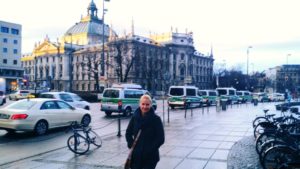
Cold? Yes. Worth it? Unquestionably.
Even now, I look back in strange reflection of Munich, even upon planning a return trip. Who’s city is Munich, anyhow? Does it belong to history, the namesake of 12th century Monks (Munichen, in old, high-German) who started a for-profit brewing practice that became synonymous with the city and the world’s largest annual celebration of beer and its brewing? Does it belong to the now-elderly generation of the 1930s and 1940s, who for more than 60 years have dealt with the reputation of being native to the city that flowered a ruthless dictator? Does it belong to the victims of that time? Does it belong to the tourist, who flock here each fall to revel in the Leiderhosen and bier? Or, does Munich simply belong to time herself?
Munich must belong to no one, a seemingly ancient Bavarian relic whose very existence is a watermark of human existence and the duality of human conscious potential – a city full of historical brilliance and madness, full of creativity and stagnation, of progress and death, of consciousness itself and the utter loss of it.
Munich is the capital of the old Bavarian world, positioned and re-positioned as the home for kings and even the Holy Roman Empire for hundreds of years scaling from the 12th century until the brink of war at the beginning of the 20th. A city currently just over a million-and-a-half people, Munich sits only 20 miles away from the Austrian border and is home to Oktoberfest, a yearly beer-making festival that you would have to live under a rock to not heard of. Each year, more than six million tourist spill into the city between the end of September and the first week of October, quadrupling the city’s population and making an otherwise quaint and quiet city quite the opposite.
Munich isn’t a city that is typically on one’s travel itinerary for the other eleven months out of the year. It’s a small-feeling, large city that retains its cultural roots in its food and architecture. However, Munich has seen many changes. It has gone from Bavarian stronghold and the site of religiosity in the middle ages, only to become the wellspring from which sprang the Beer Hall Putsch, the first overthrown attempt of Hitler’s fledgling Nazi party in 1923 that resulted in an arrested, wounded Hitler and a culturally divided Munich. The Munich people suffered much in the years to come, as their city was demolished by more than 70 air raids in the 1940s, leading to a rebuild of much of the city.
In recent years, however, Munich is experiencing a sort of renaissance. There are countless things to do in Munich, and its residents enjoy a high standard of living amidst the silent cornerstones of her dark and tumultuous history, with Munich ranking consistently in the top ten in European lifestyle rankings. Strong economy, great food, better beer and killer leiderhosen. Was it that which was on our mind when we first booked to visit this beautiful city in the plains? Strangely, no.
It was Sam Smith.
Planning a surprise birthday present, one finds it hard to resist cheap tickets in Europe to see your wife’s favorite musical artist – so, I bit. The first thing on our itinerary wasn’t a booked hotel, nor was it a seat on Lufthansa. Oh, no, friends… it was silky-smooth Sam. Engage brownie-points for the husband!
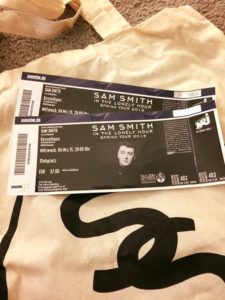
Any excuse to book a trip – even a surprise gift to see Sam Smith 5,000 miles away!
After purchasing the concert tickets at the Kesselhaus (which was subsequently moved to Zenith, a slightly larger club next door to the Kesselhaus), we booked the trip around the concert. In total, it was a 10 night affair split between London, Munich and Venice.
Upon arrival in Munich, we made our way to the city center via the U-Bahn, one of Europe’s more futuristic, clean and efficient public transit mediums. We checked into the Hotel Daniel, a slightly older, boutique hotel which is the kind of hotel we love to find in any great city. Hotel Daniel is clean, quaint and optimally located to the Karlsplatz in downtown Munich as well as the primary economic and tourist center. The staff was welcoming, the hotel was more than affordable, and it’s certainly a location you should check out.
The city is still rich with Bavarian culture, and by Bavarian we’re talking about something far older than the events of the last 100 years in Germany. The beer that was brewed by Monks more than 600 years ago has birthed the “big six” breweries, upon which is built the Oktoberfest celebration. These breweries include Paulaner, Lowenbrau, the famous Hofbrauhaus, Augustinerbrau, Hacker-Pschorr, and Spaten, all of which will give you a taste of the real Munich, and all of which still exist within a small, some say walkable area of the original city.
The beer that is synonymous with Munich bier culture, however, is and always will be Hofbrauhaus. Founded in 1589, it’s the Hofbrau beer that is most commonly shown in those pictures of head-sized frosted mugs flowingly freely. It’s good. It’s very good, and beyond the actual beer is a building and brewery that carries perhaps more of Munich’s history than any single entity or structure. The structure itself is the original, despite having been rebuilt due to bomb damage incurred during World War II, yet the original recipe, original music and original dress is very much alive within its walls. As touristy as it may be, you owe yourself a visit to Hofbrauhaus before moving along to less common ventures.

Proof of awesome seats at a great show!
Munich is a city that does, in fact, own its history and has learned from the good and bad they’ve experienced. We took part in a free walking tour of the city, lasting only a few hours and possessing great historical information about much more than the events of the early 20th century. There are more corporate city tours, but the one we prefer is by InMunich Tours , as the groups were smaller, more personable and the hosts were incredibly educational and helpful. Along the way, you’ll hit more than two dozen locations synonymous with Munich and Bavarian culture including the Englischer Garten, Marienplatz, Odeonsplatz and a sampling of the famous Hofbrau beer. It’s a definite must-do. And hey, what’s better than free?
It’s very clear that America, and certainly Southern America, derives much of its cuisine from German-inspired classics. The one thing you must have, if you only eat one meal, it’s the Weiner Schnitzel at Ratskeller in the city center. Schnitzel is the predecessor of the American Country Fried Steak, where German immigrants substituted their classic recipe requiring veal for a simpler ingredient to find in the new world – beef. It’s a simple, delicious, satisfying dish made with thin strips of veal battered and fried, typically paired with either poached or mashed potatoes.
Oddly enough, Munich’s location makes it more culturally diverse as a food destination than one might think. A short drive to both Austria and even Italy, Munich borrows much from its surrounding neighbors. One great place to experience the relative eclecticism is Limoni Ristorante, perhaps one of the best Italian restaurants serving local, Bavarian draught beer. Limone serves predominantly Venician cuisine, yet caters to the local flavor by adding a unique Munich cheese menu, which is center to Bavarian culture.
For your more adventurous food tastes, Munich is a great city to experience more adventurous dishes such as blutwurst (or, blood sausage), which are sausages filled with blood that are cooked or dried and mixed with filler and seasonings until thick enough to solidify when cooled. Strange as it may seem if you haven’t had it, it’s delicious and far less adventurous or strange tasting as you may imagine.
Munich is, however, much more than just sausage and beer. One of the true artistic landmarks in all of Europe, Munich benefits much from it’s ancient, Bavarian heritage, which is on display and wonderful museums such as the Munich Residenz directly in north-central Munich or the Deutsches Museum, the world’s largest museum of technology, covering more than 50,000 square meters and displaying 17,000 artifacts. If you’re a museum buff, also check out the Bavarian National Museum, founded in 1855 by King Maximilian II.

Munich offers great cafes around virtually any corner.
Lastly, one final artistic must is the Glypytothek in Koningsplatz. The Glyptothek – a name derived from the Greek “glyptik,” meaning sculpture – is the oldest museum in Munich. Completed in 1830, this Neoclassical building houses one of Europe’s foremost collections of sculpture, much of it assembled in the early 19th-century by King Ludwig I, a great lover of ancient art. Being the oldest museum takes its influence beyond simply the Bavarian, as the museum contains much of central Europe’s Roman, Greek and Etruscan history.
Yet, Munich really is known first-and-foremost for the beer. We had it early, had it often, and had it always. We had it upon our first lunch, and we had it before heading to the Zenith alongside hundreds of rowdy Bayern-Munich fans, whom accompanied us along our path on the U-Bahn. It goes with everything. A cool frosted mug goes with the weather, it goes with the clothing – it seemingly goes with walking. If you make it to Munich, you absolutely have to find yourself on a drinking tour of the city. These are most often historical, most often educational and always fun. It’s the type of trip that helps break down walls, and by the end of which you’ll find yourself having made friends.
While Munich starts and ends and beer, there’s clearly more. There’s clearly more aside from Oktoberfest. There’s wonderful food, helpful people and perhaps one of the cleanest cities in all of central Europe. It’s safe, fun, quiet most of the year and incredibly easy to enjoy oneself in. Perhaps it’s one of the greatest unknown sentinels of historic elegance in all of Europe, and perhaps you should find yourself there.
So, who really owns Munich? Well, perhaps the locals. Perhaps the tourists. But most importantly, perhaps you should go, claim your own piece and call it your own.


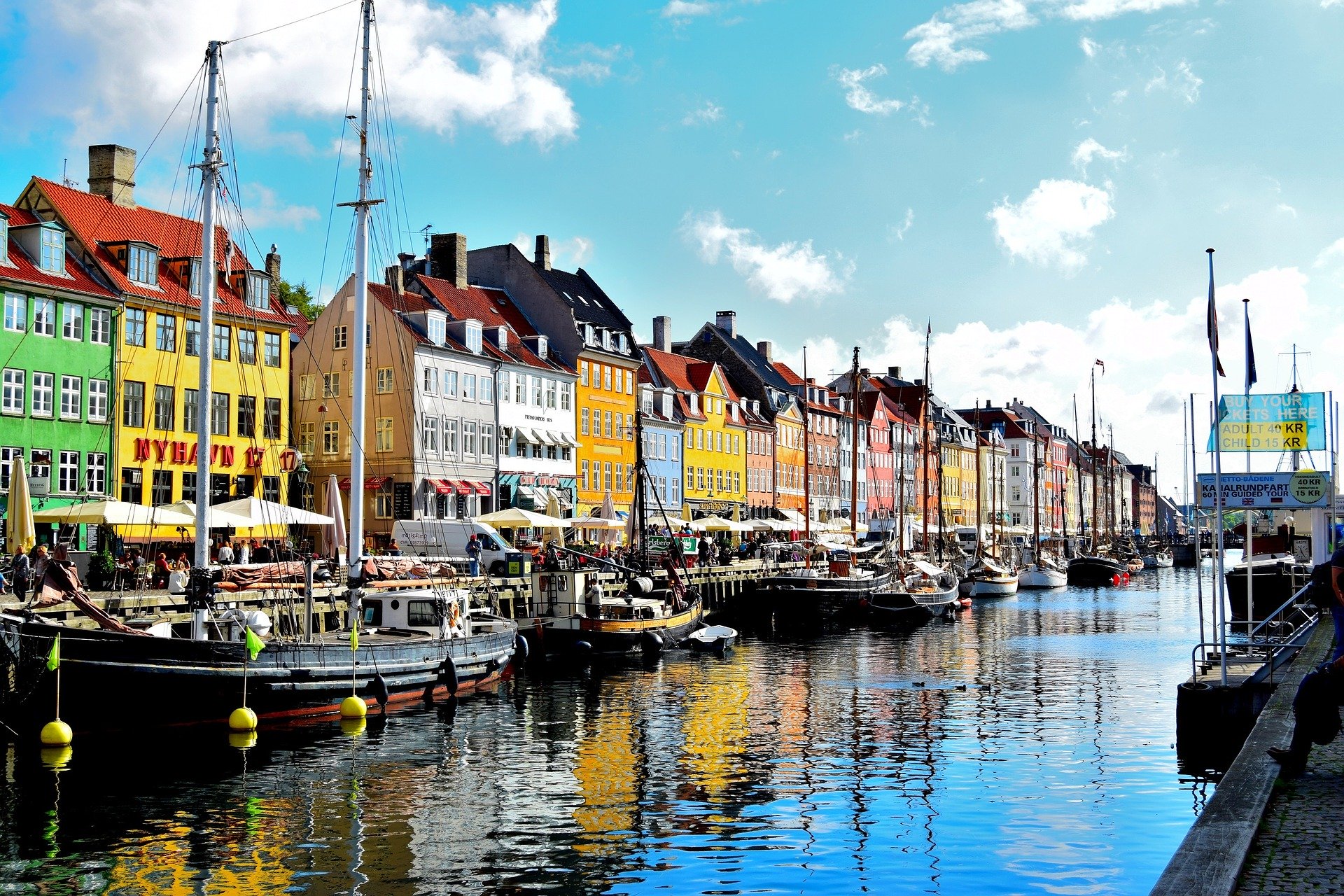
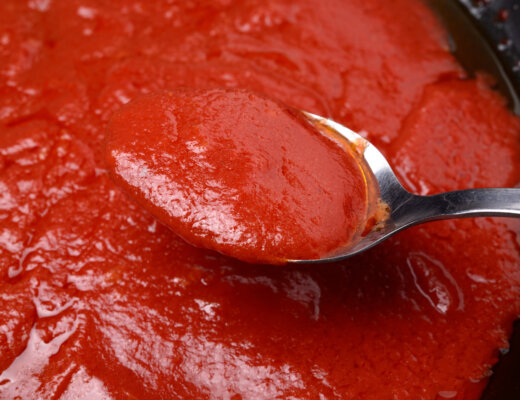
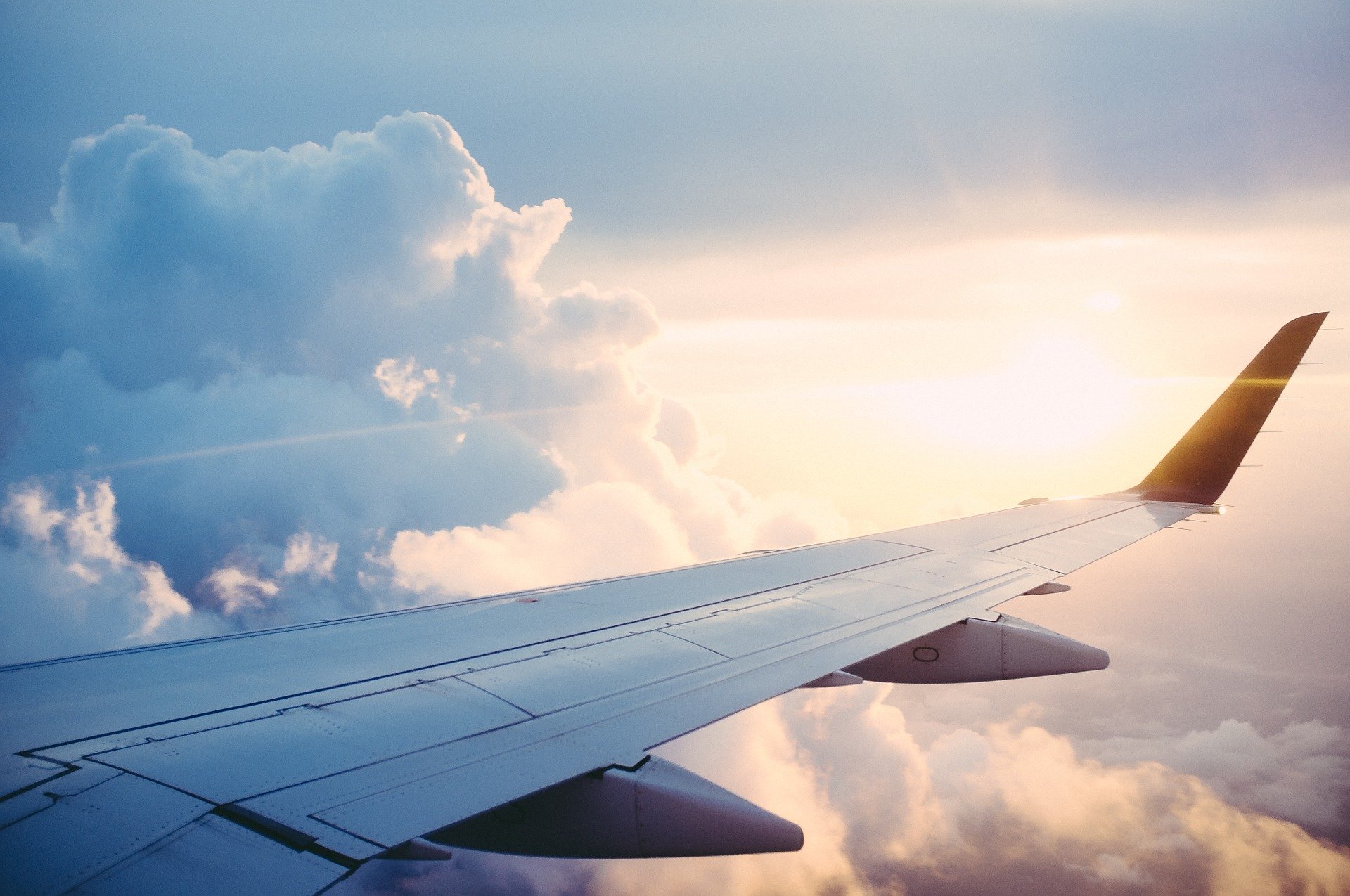
Siggi Einarson
February 10, 2017 at 6:07 pmThis is a beautiful post. Munich almost seems to have several different personas. With such a long and sometimes troublesome history, there is a lot to digest. I am a big history nerd so I especially enjoyed this
acouplefortheroadtravel@gmail.com
February 11, 2017 at 1:07 pmThanks Siggi! You’re absolutely right, it is a difficult city to label. We kind of like that in a place, however 🙂